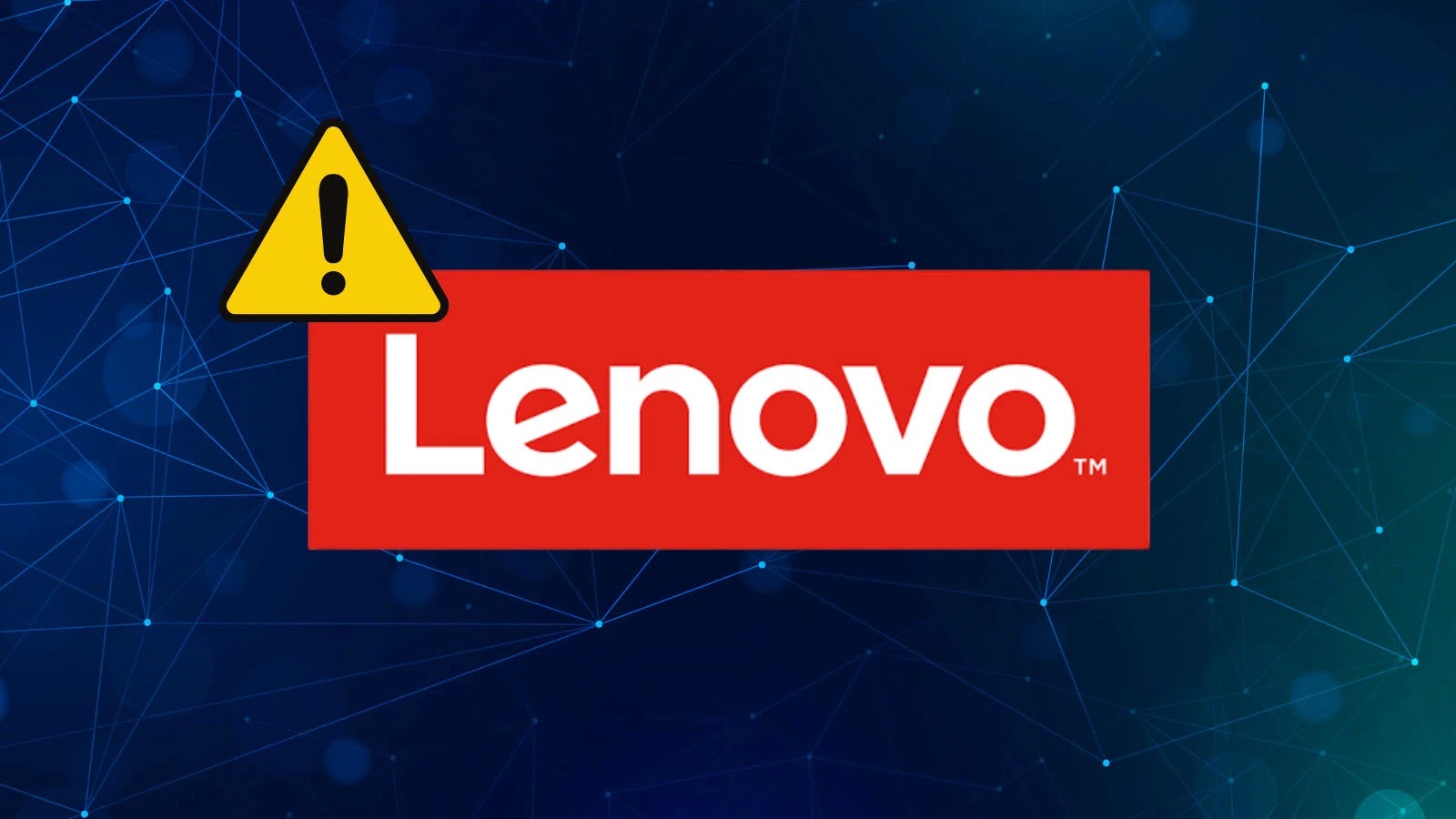
PoC Exploit Unveiled for Lenovo Code Execution Vulnerability Enabling Privilege Escalation
A significant cybersecurity concern has emerged for users of Lenovo systems. Recently, security researchers unveiled a proof-of-concept (PoC) exploit targeting a critical vulnerability in Lenovo’s Dispatcher drivers. This exploit effectively demonstrates how a local attacker can achieve privilege escalation on affected Windows systems, leading to arbitrary code execution with elevated privileges. For IT professionals and system administrators, understanding this flaw and implementing timely remediation actions are paramount.
Understanding CVE-2025-8061: The Core Vulnerability
The vulnerability, officially identified as CVE-2025-8061, stems from insufficient access controls within specific Lenovo Dispatcher drivers. These drivers, integral to the system’s operation, process various commands and requests. The flaw allows a local user with standard privileges to manipulate how these drivers handle certain operations. By exploiting this weakness, an attacker can bypass security restrictions and execute malicious code at a higher privilege level, effectively gaining control over the compromised system.
Discovered by the security firm Quarkslab, this code execution vulnerability highlights the continuous need for rigorous security audits, even in trusted hardware components. The release of a PoC exploit makes this threat particularly urgent, as it provides a readily available blueprint for malicious actors to develop their own attacks.
Impact of Privilege Escalation
Privilege escalation is a critical component of many advanced persistent threat (APT) campaigns and targeted attacks. When an attacker successfully elevates their privileges:
- They can install rootkits or other persistent malware.
- They can access sensitive data that would normally be protected.
- They can modify system configurations, potentially disabling security software or creating backdoors.
- They can move laterally within a network, compromising other systems.
In the context of Lenovo devices, this could affect a wide range of users, from enterprises to individual consumers, given the widespread adoption of Lenovo hardware.
Technical Details: How the PoC Works
While the full technical specifics of Quarkslab’s PoC exploit are intricate, the core concept revolves around manipulating legitimate driver functionalities to achieve unauthorized actions. Typically, such vulnerabilities involve:
- Input Validation Flaws: Insufficient checks on data passed to the driver, leading to unexpected behavior.
- Memory Corruption: Exploiting buffer overflows or similar issues to overwrite memory locations and inject malicious code.
- Improper Access Control List (ACL) Permissions: The drivers might have overly permissive ACLs, allowing non-privileged users to interact with critical functionalities.
The PoC demonstrates that a local attacker, already present on the system (e.g., via a phishing attack or a separate initial compromise), can leverage the flaws in the Dispatcher drivers to escalate their privileges from a standard user to administrator or even system-level access. This effectively turns a low-level compromise into a complete system takeover.
Remediation Actions
Addressing CVE-2025-8061 requires prompt and decisive action. Here are the recommended steps:
- Apply Vendor Patches Immediately: Monitor Lenovo’s official support channels and security advisories for patches addressing CVE-2025-8061. This is the most crucial step. Install all available updates as soon as they are released.
- Regular Software Updates: Ensure your operating system (Windows) and all other applications are kept up-to-date. While this vulnerability is specific to Lenovo drivers, overarching system security practices reduce the overall attack surface.
- Implement Principle of Least Privilege: Restrict user accounts to the minimum necessary permissions. This limits the scale of damage an attacker can inflict even if they manage to gain a foothold.
- Endpoint Detection and Response (EDR): Deploy and maintain robust EDR solutions. These tools can help detect anomalous behavior indicative of privilege escalation attempts or malicious code execution, even if a vulnerability is 0-day.
- Security Awareness Training: Educate users about the dangers of phishing, suspicious downloads, and other initial access vectors that attackers might use to gain a local presence on a system.
Relevant Tools for Detection and Mitigation
| Tool Name | Purpose | Link |
|---|---|---|
| Lenovo Vantage / System Update | Official Lenovo tool for driver and firmware updates. | https://www.lenovo.com/us/en/software/vantage/ |
| Windows Update | Ensures the operating system itself is patched against known vulnerabilities. | https://support.microsoft.com/en-us/windows/update-windows-3c5ae7fc-9fbf-cb12-875d-1c3f3091c6d3 |
| Endpoint Detection and Response (EDR) Solutions (e.g., Crowdsrike, SentinelOne) | Monitors endpoints for suspicious activities, including privilege escalation attempts. | (Vendor specific – search for Crowdstrike or SentinelOne) |
| Vulnerability Scanners (e.g., Nessus, Qualys) | Identifies unpatched software and misconfigurations on network devices and endpoints. | https://www.tenable.com/products/nessus |
Conclusion
The discovery and subsequent PoC release for CVE-2025-8061 underscore the persistent challenge of securing complex software ecosystems. While hardware manufacturers strive for robust security, vulnerabilities can and do emerge. For anyone managing or using Lenovo systems, the immediate priority is to apply all vendor-recommended patches. Beyond that, a proactive security posture, emphasizing regular updates, least privilege, and advanced threat detection, remains the most effective defense against evolving cyber threats. Stay vigilant, stay updated, and secure your endpoints.





